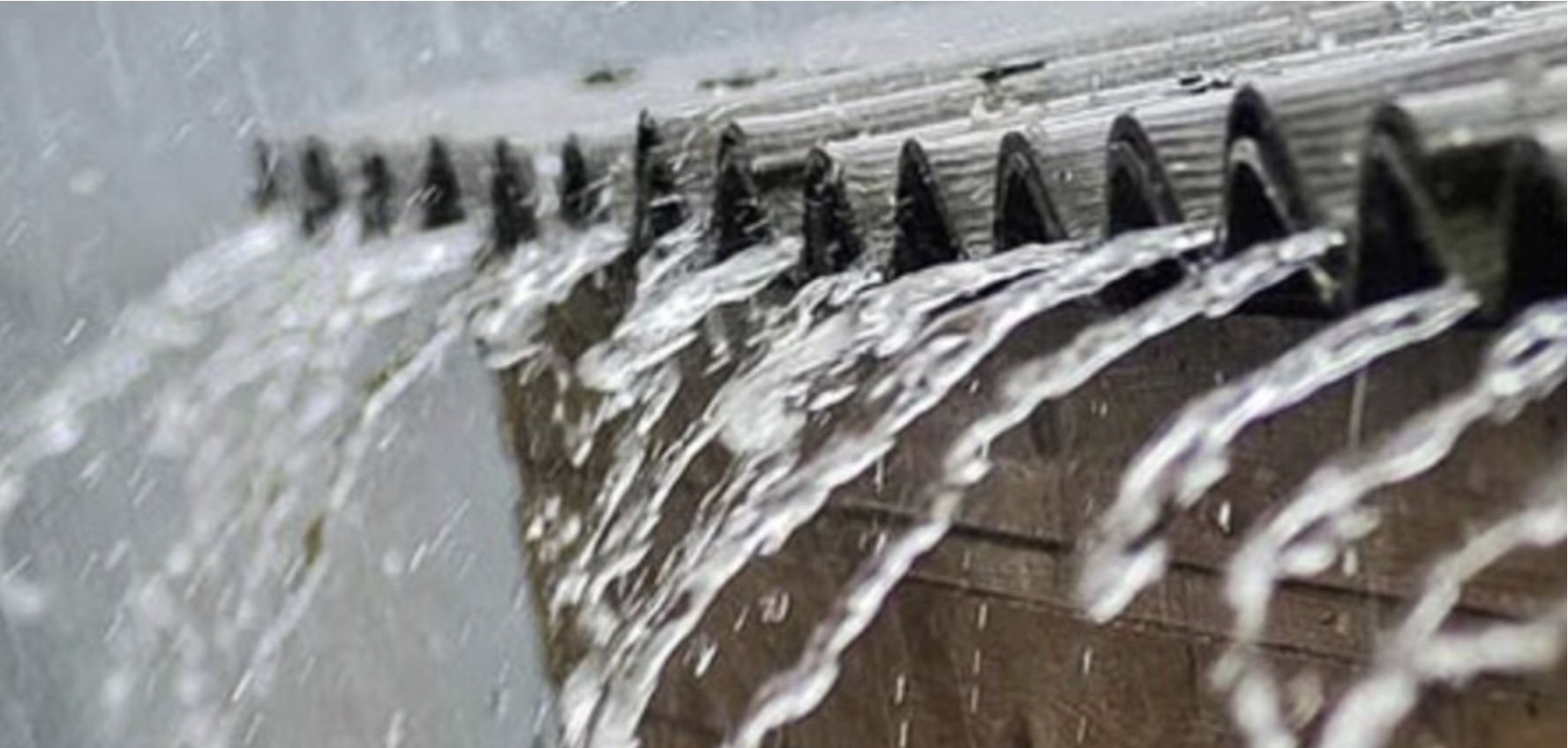3 TELLTALE SIGNS THAT YOUR COMMERCIAL ROOF IS AT RISK FOR WATER DAMAGE
PLUS, ACR IS NOW OFFERING THE FREE CE COURSE “LOOK BEFORE YOU LEAK”
ACR’s Director of Construction Services, Joe Ackerley, just so happens also to be a commercial roofer. As you can imagine, Ackerley is well-versed in commercial structures and knows just what to look for in a snap freeze followed by a quick thaw. The most significant water problem that occurs during these temperature extremes is ice damming. Take the recent Texas weather disaster, for example. This exact scenario caused an exorbitant amount of commercial insurance claims with just one unforeseen incident.
Ice damming occurs when snow and ice accumulate on a rooftop and temperatures reach freezing. Often, a roof’s surface can warm just enough due to indoor heat to melt some of the snow and ice just enough to sprawl into cracks and crevices. However, the roof edges remain frozen, causing a build-up or a “dam” of ice just short of the gutter area. As overall temps warm, that built-up ice and snow start to melt and start leaking into the building’s interior, which can cause flooding and consequently, mold.
“The best way to avoid commercial roof damage is to perform regular preventative maintenance and proactively address any problem areas. The last thing you want is for a roof problem that could have been avoided to turn into a large loss, which can lead to the displacement of tenants and other long-term consequences for your property.”
— Joe Ackerley, ACR Director of Construction Services
1.) Complete an Annual Roof Walk:
During the Spring: After the snow is clear or the season has changed
During the Fall: After the leaves have fallen or before the snow arrives
Following a significant weather event
After a roofing service event
2.) Perform Regular Preventive Maintenance
Clean out your roof drains and gutters.
Check that ponding water is drained from the roof within 48 hours following a rain
Clean up and dispose of rooftop debris
Keep snow clear of rooftop and use de-icing salt on frozen roof drains do not crack the ice
Limit rooftop traffic.
3.) Make Emergency Roof Repairs Promptly
Be aware of your warranty status and potential implications.
If you’re hiring help:
Choose your contractor and materials wisely.
Establish a relationship early.
Check their work.
If you’re doing it yourself
Thoroughly clean the area to be repaired.
Use proper materials and ensure compatibility.
IN SUMMARY
When it comes to commercial roof maintenance, a good plan can save many headaches. Remember to inspect your roof after severe storms and after extensive service work. Preventive maintenance can go a long way in protecting the longevity of your roof areas. Last but not least, safety is no accident. Safety should always come first.


